Campsite safety is a critical outdoor survival skill. Setting up a camp safely is something every backpacker must learn even if you typically stay at established campsites most of the time.
You never know where the trail will take you and some of the best camping spots are located away from designated camping areas with facilities.
This video has ten safe camping tips that every camper needs to know.
The following article offers additional tips and tricks learned through rugged experience and a fair bit of trial and error.
1. Find The High Ground
Choosing the right spot to pitch your tent can make or break your camping experience. Locating your campsite on high ground is a critical practice that every outdoor enthusiast must embrace. When you set up your camp on elevated terrain, you significantly reduce the risk of flooding, especially in regions prone to sudden downpours. Water naturally flows downhill, of course, so being perched on a rise ensures that your tent remains dry and your belongings safe.
This camping hack is not just about staying dry; it also helps in avoiding the accumulation of dampness, which can lead to mold and discomfort. Nobody wants to wake up in a puddle after an unexpected rain!
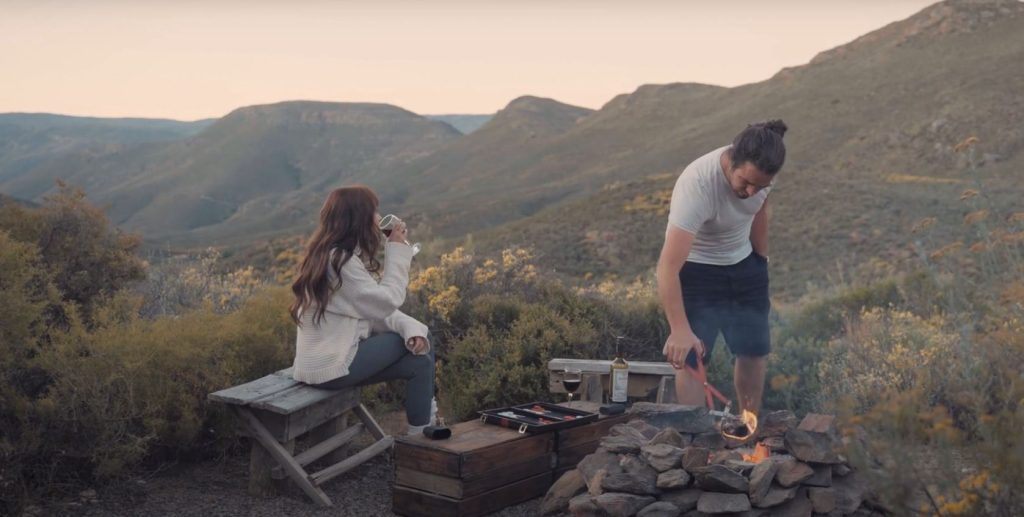
Finally, camping on elevated areas often provides a strategic advantage for spotting wildlife, as well as offering the chance of a cooler breeze, which can be a relief during warmer months.
Employing these campsite safety tips will ensure that your adventure remains comfortable and secure. Remember: the right terrain can transform a night under the stars from a disaster into a delightful memory.
2. Seek Campsites With Natural Shade
When selecting a site to pitch your tent, it’s imperative to prioritize locations that offer natural shade. The benefits of camping in areas shielded by trees or large rock formations are manifold. Not only does shade provide respite from the sun’s relentless rays, but it also helps maintain a cooler environment within your tent, crucial for comfort during sweltering days. This camping hack can significantly enhance your trip to the great outdoors by reducing the risk of heat-related discomfort and dehydration.
Natural shade also allows you to rest longer in the morning without being prematurely awakened by the heat. Shaded areas will typically be more sheltered from the wind, too, offering a buffer against sudden gusts that could destabilize your entire campsite.
The simple choice of a shaded campsite is a safe camping tip that can make a substantial difference in your overall experience.
3. Search For “Widowmakers”
This is a term originally created by forestry workers to describe dead trees that could fall at anytime and potentially kill.
As we’ve seen, a shaded area has its benefits, but before settling down, it is crucial to survey the area for the hazard posed by dead or dying trees. These unstable trees, particularly those with large branches can unexpectedly collapse, with catastrophic consequences. Keep in mind that even a slight gust of wind can cause a widowmaker to fall.
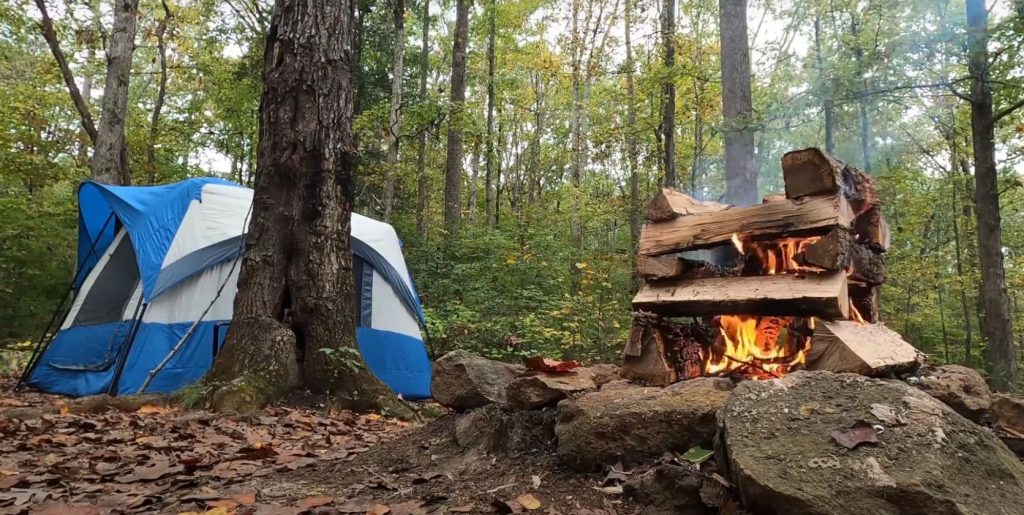
An essential camping tip is to thoroughly inspect the canopy above and the trees near your campsite. Look for signs of decay, such as missing bark, fungal growth, or hanging limbs. Avoid setting up camp under trees that exhibit these dangers, no matter how enticing the spot may seem.
4. Create A Safe Cooking Area
This is a non-negotiable aspect of campsite safety. Begin by selecting a flat, open space, distanced from your tent and any flammable materials. Clear the area of debris, such as dry leaves and branches, which can easily ignite. Creating a designated cooking zone with a fire ring or portable backpacking stove is essential. This camping hack not only prevents accidents but also contains the heat, reducing the risk of wildfires.
Also utilize a windbreak if necessary, but ensure it’s made of non-combustible material. Always keep water or a fire extinguisher nearby, a simple yet effective precaution in any camping scenario.
Incorporating these tips into your campsite safety routine fosters a stress-free environment, allowing you to focus on the joys of outdoor cooking. Vigilance is the cornerstone of campsite safety!
5. Secure Your Food
When venturing into the wild, securing your provisions from wildlife is paramount to ensuring campsite safety. Bears, raccoons, and other persistent critters have an uncanny knack for sniffing out food, making it crucial to implement effective camping hacks.
One fundamental camping tip is to store food in bear-proof containers, preferably made of metal or thick plastic, which can resist the strength and cunning of these animals.
Hanging food from a tree at least 12 feet off the ground and 6 feet from the trunk is another time-tested method to deter hungry intruders. This food hanging system, for example, is ultralight and highly rated on Amazon.
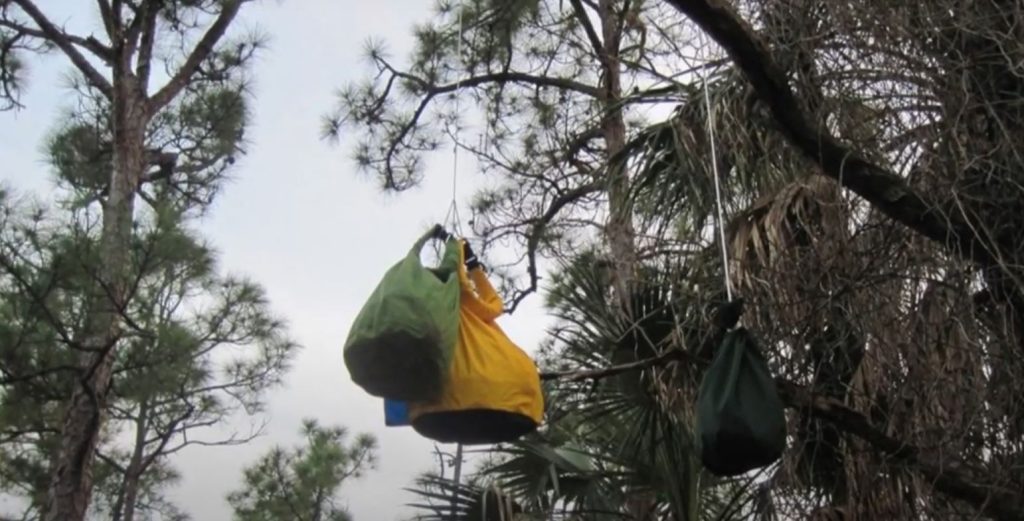
Furthermore, keep your campsite clean. Dispose of waste properly and avoid leaving any scented items like toiletries or snacks in your tent. A clutter-free camping environment not only reduces the risk of attracting wildlife but also promotes a safer, more enjoyable outdoor adventure.
6. Fire Safety
Maintaining campsite safety is and essential camping skill to develop, particularly when it comes to managing fires, a cornerstone of the camping experience. A fire’s warmth and utility can swiftly turn perilous without proper precautions.
Begin by selecting a safe location for your fire—a spot clear of overhanging branches and at least 15 feet away from tents and gear.
Construct a fire ring using stones to contain the flames, and never leave a fire unattended, even for a brief moment.
One of the most critical camping tips is to keep water or a shovel nearby to extinguish the fire if necessary. It is also immensely useful to have a camp fire extinguisher on hand, along with a fire blanket pack for you and your traveling companions.
When it’s time to retire for the night, ensure the fire is completely out, stirring the ashes and dousing them with water until cold. Such camping hacks are not just practical but vital, safeguarding both the environment and those who enjoy its beauty.
7. Set Up Near Water
As an extension of the point above, setting up near water can be helpful for fire prevention, but also comes with other benefits.
Proximity to water can serve as a natural deterrent against wildlife encroachment. Animals are less likely to approach a camping area if the terrain is more challenging or the presence of water creates a barrier. This is one of the key camping hacks that seasoned outdoors enthusiasts employ to minimize the risk of nocturnal visitors.
Moreover, a nearby water source simplifies daily tasks, such as cleaning and cooking, making your overall experience more efficient.
8. Don’t Camp Too Close To Game Trails
These natural paths, frequently used by wildlife, can lead to unexpected and potentially dangerous encounters.
For optimal campsite safety, always scout the area for signs of animal activity before pitching your tent. Trails marked by well-trodden earth or distinct vegetation patterns should be a clear warning to choose another location.
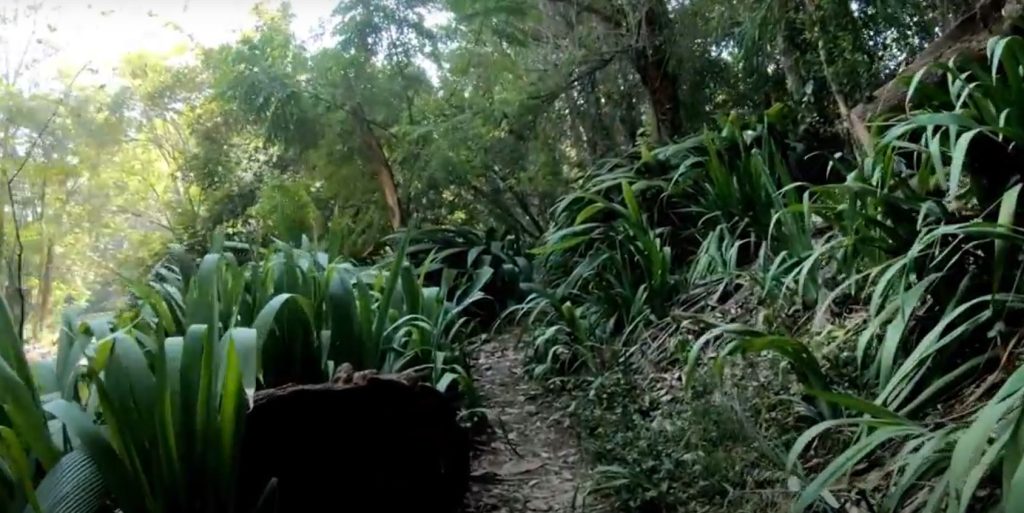
One essential camping tip is to maintain a safe distance from these routes, ensuring that you don’t inadvertently place yourself in the midst of an animal’s routine passage. Not only does this reduce the risk of nighttime disturbances, but it also helps to preserve the natural behavior of the local fauna.
Implementing such camping hacks is a straightforward yet effective way to keep both yourself and the wildlife safe, contributing to a more serene and secure camping adventure.
9. Establish A Toilet Area
Proper sanitation is not just about comfort; it’s about preventing the spread of disease and minimizing environmental impact.
When camping, always choose a location for your toilet area at least 200 feet away from water sources to avoid contamination. This distance helps preserve the cleanliness of nearby streams or lakes, ensuring that the environment remains pristine for all.
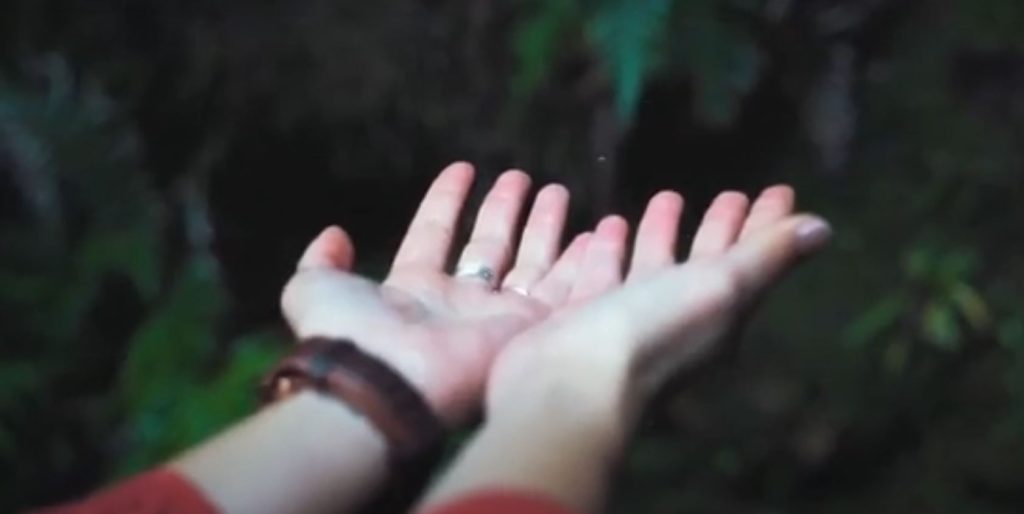
One of the essential camping toilet ideas is to dig a small, shallow pit for waste, covering it after each use. This practice, known as “cat holing,” is a fundamental camping hack that mitigates odor and reduces the likelihood of attracting wildlife to your site.
Properly managing waste is not just a matter of etiquette; it’s a vital aspect of responsible outdoor living and protecting the overall ecosystem.
10. Keep Gear Organized
Disorganized gear not only creates clutter but also increases the risk of accidents, such as tripping or losing essential items in a moment of need. By keeping your equipment neatly stored and easily accessible, you minimize potential hazards and ensure that critical tools, like first aid kits and fire extinguishers, are always within reach.
One of the most valuable camping tips is to designate specific areas for different types of gear—cooking supplies in one spot, sleeping gear in another, and safety equipment in a dedicated, visible location. This practice not only streamlines your daily routines but also contributes to a more orderly and secure camping environment.
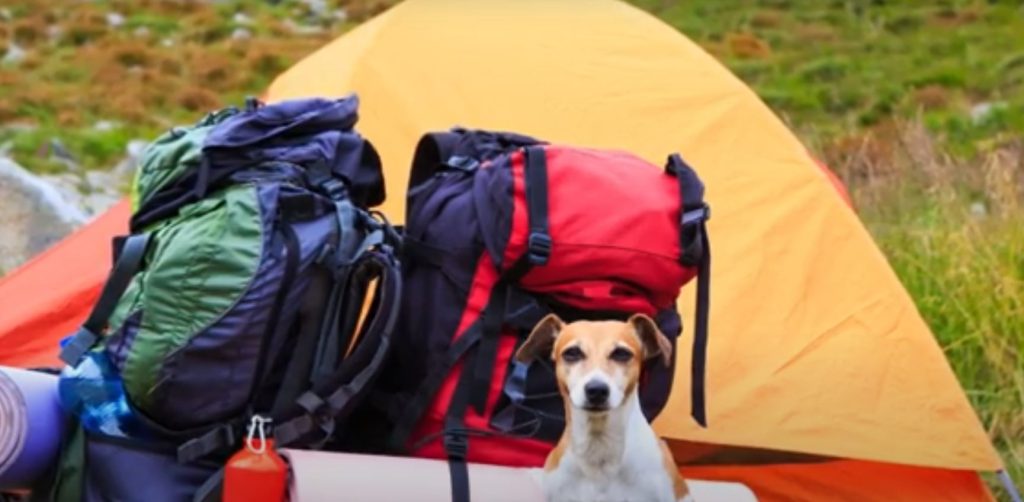
Utilizing these camping hacks can significantly reduce stress, allowing you to focus on enjoying the natural surroundings while knowing that everything is in its rightful place.
See Our Recent Articles
- 21 Fun Camping Games to Entertain Yourself Outdoors
- How to Set Up a Hammock for Camping
- Compact Camping Gear That Saves Space in Your RV or Van
- Top 15 Most Beautiful Waterfalls In The World To Visit In Your Lifetime
- Top 12 Camping Gadgets and Accessories You Didn’t Know You Needed (2025)
Write A Guest Post For Us!
Are you passionate about camping and the great outdoors?
We’re excited to announce that we’re accepting guest posts
in the camping and outdoor niche!
